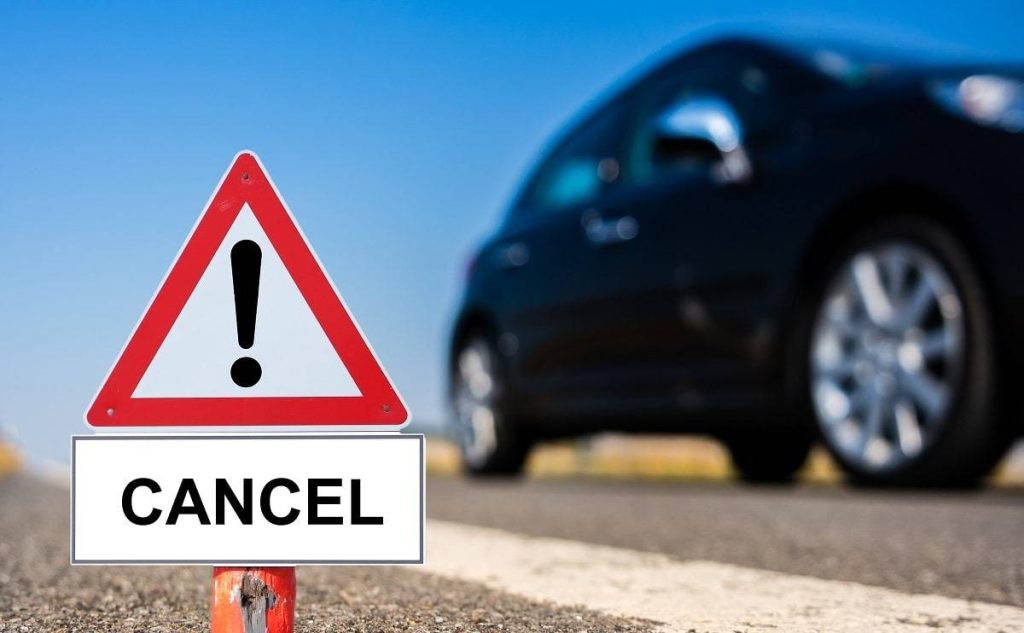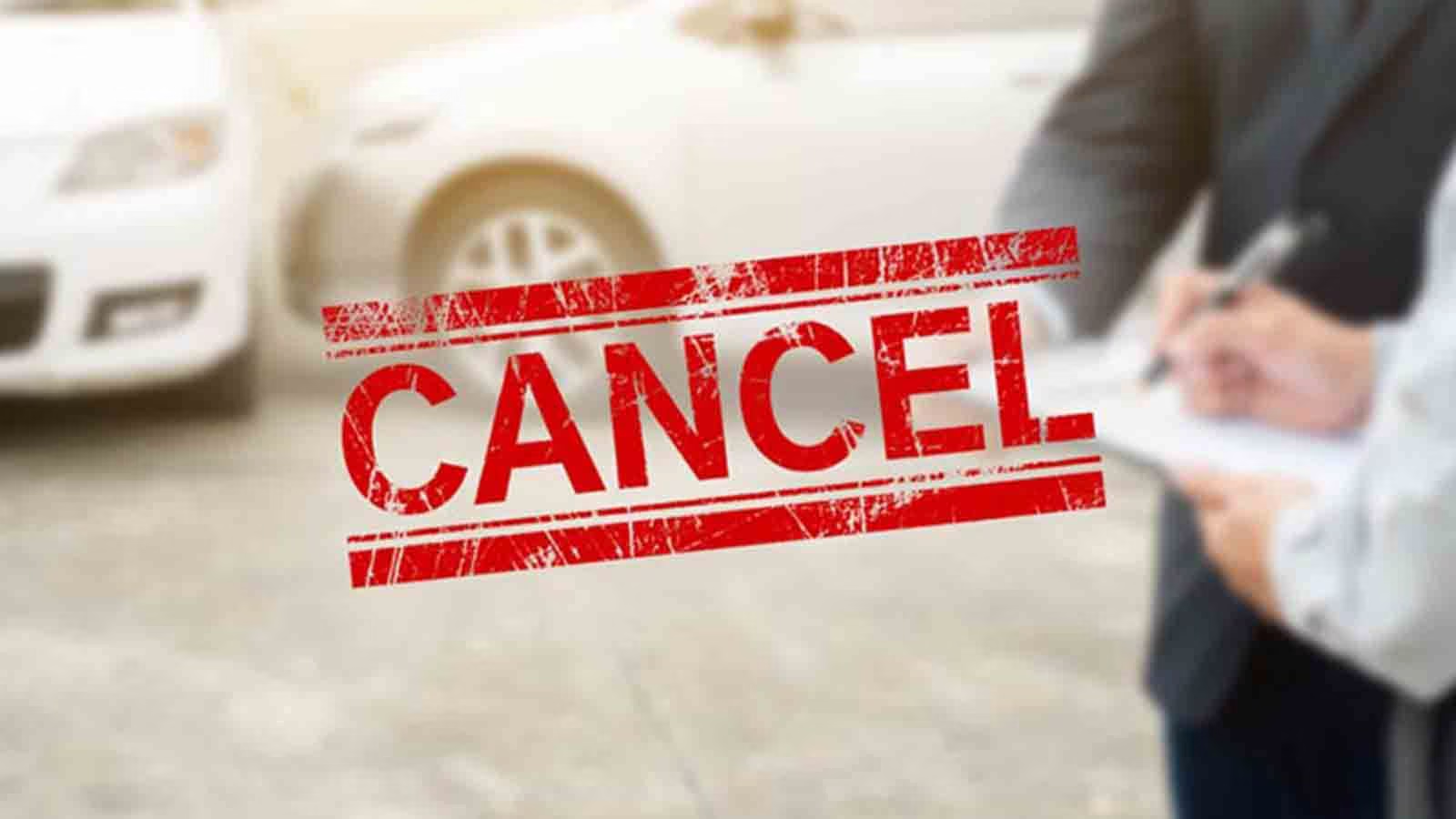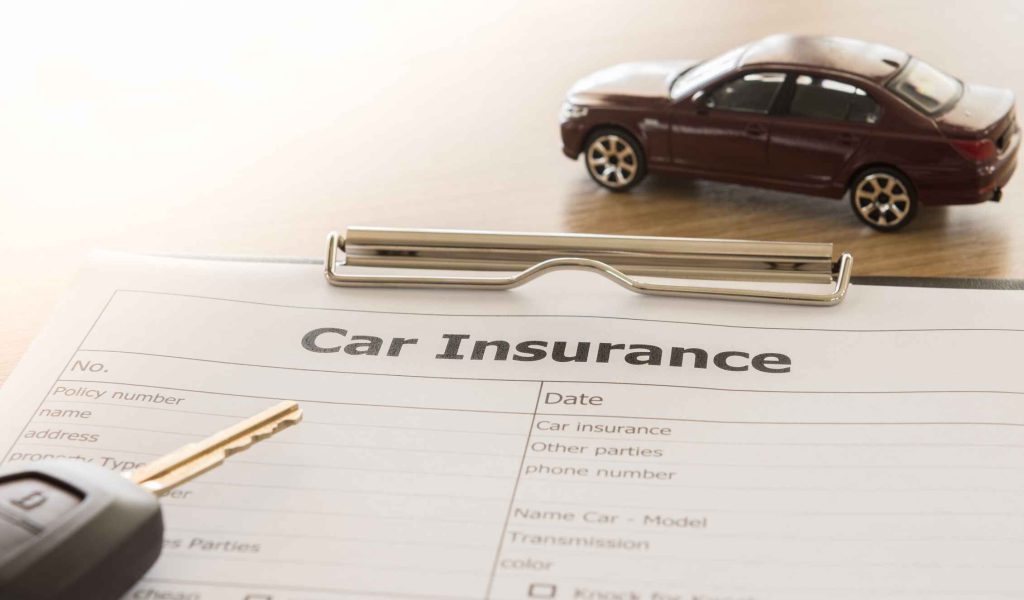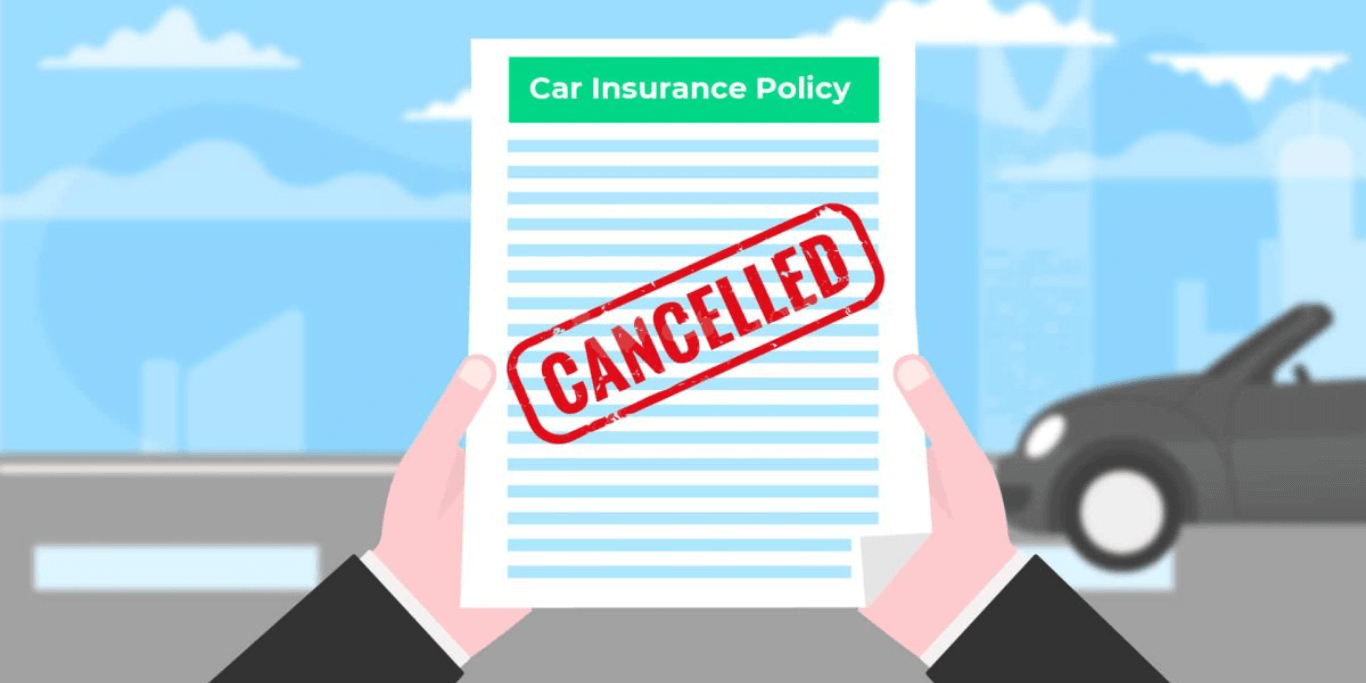Car insurance is legally required in all Canadian jurisdictions for anyone operating a vehicle, and every driver must purchase a policy. However, there are situations where you might need to cancel your car insurance. For instance, you may want to switch providers for a better deal, no longer own a vehicle and no longer need coverage, or are relocating to a different province or country. In today’s post-pandemic economy with rising inflation, you might also be considering how to cancel car insurance because it has become unaffordable.
Whatever the reason, if you plan to cancel your car insurance policy, reviewing all your options with your auto insurance provider or broker is essential. Cancelling a policy can have different financial implications depending on your provider and the status of your policy. Let’s explore the differences between cancelling a policy at renewal and cancelling mid-term.
Refund Types When You Cancel Car Insurance
The type of refund you receive depends on the timing of your cancellation. Cancelling your car insurance usually results in a refund, but the amount can differ. Most car insurance companies offer one of two options:
- Pro-rated cancellation: You receive a full refund for the unused portion of your premium.
- Short-rate cancellation: A penalty fee is deducted from your refund for early cancellation.
How to Cancel Your Car Insurance Policy
Knowing how to cancel car insurance is essential to ensure a smooth process without complications. Depending on your insurance provider, here are several ways to cancel your policy:
- Call your provider: Most insurers require policyholders to speak with an agent to cancel. The contact number can usually be found on your insurance card, the company’s website, or their app. While this is often the fastest option, you may still need to sign a cancellation notice or other documents to finalize the process.
- Mail or fax your cancellation: Some providers may require a formal cancellation letter to be sent directly to your agent’s office or the company.
- Visit the office: If your insurer has a local office, you can visit in person to handle the paperwork and complete the cancellation.
- Work with your new insurer: If you’re switching to a new insurance company, your new provider can initiate the cancellation and guide you through the process.

Avoid letting your policy lapse without notifying your insurer. Doing so could result in continued billing and potential reporting of unpaid premiums to credit bureaus, which may harm your credit score. This is similar to the challenges faced when navigating Consumer Proposals in Toronto, where understanding the process can help prevent further financial complications.
Cancel Car Insurance at Renewal
The annual renewal period is the ideal time to cancel car insurance or make changes to your policy. You can explore other auto insurance quotes or discuss updated options with your current provider. Adjusting or cancelling your policy during renewal helps you avoid potential fees or charges associated with mid-term cancellations.
How to Cancel Car Insurance Mid-Policy
Understanding how to cancel car insurance mid-policy is crucial, as it may come with fees or other charges. Insurance companies typically expect a full year of payments when issuing a policy and may impose penalties for early termination. These fees can range from $25 to a percentage of your total premium. Always review the fine print in your policy to fully understand the costs before deciding to cancel. This careful review of the terms resembles the process many face when considering Personal Bankruptcy Service in Toronto, where making an informed decision is key to avoiding future
What Happens Next?
Understanding how to cancel car insurance and its consequences is crucial to avoid legal and financial issues. Here’s what typically happens when you cancel your auto insurance policy:

- Notification to the State: Your insurer will likely inform your state that your vehicle is no longer insured. Since most states require minimum liability coverage, the Department of Motor Vehicles (DMV) may request proof that you’ve either sold the vehicle or secured new insurance. Failure to provide proof could result in suspension of your car registration. In states like Nevada, you may even need to return your license plates before cancelling.
- Refund and Fees: If there’s time left on your policy, you may receive a prorated refund of your premium. However, some insurers charge a cancellation fee for ending your policy early, so it’s important to confirm these details in advance.
- Switching Insurance Companies: If you’re changing providers, ensure your new policy is active before cancelling the old one. Let your new insurer know when your current policy will expire to avoid any lapse in coverage. Driving without insurance is illegal in many states and can lead to fines.
- Outstanding Loans or Leases: If your vehicle is financed or leased, notify your lender about the change to keep them informed of your updated coverage. This step may feel similar to managing debt solutions for individuals and families, where addressing outstanding obligations is essential to avoid legal consequences.
- Relocating to a New State: If you’re moving, you’ll likely need to provide proof of insurance when registering your car in your new state. Be aware that insurance requirements vary by state, so review the new state’s rules to ensure compliance.
Carefully plan your cancellation to avoid penalties, lapses in coverage, or legal issues.
What Happens if Your Insurance Company Cancels Your Policy?
Cancelling an auto insurance policy isn’t solely your decision—your insurer can cancel it as well.
However, policy cancellations by the insurance company are limited to specific situations. According to the Insurance Information Institute, once a policy has been in effect for 60 days or more, the insurer can only cancel it if:

- You fail to pay the premium.
- You commit fraud or make significant misrepresentations on your insurance application.
- Your driver’s license is revoked or suspended.
It’s important to address any issues promptly to avoid cancellation and maintain continuous coverage. The impact of cancellation, much like the potential outcomes of Corporate Proposal filings, can affect your ability to obtain future coverage and lead to higher costs.
How to Cancel Car Insurance Without Gaps in Coverage
When learning how to cancel car insurance, it’s crucial to avoid gaps in your coverage. Any lapse in your insurance history can negatively impact your rating and result in higher premiums in the future. If you’re cancelling with one provider to switch to another, make sure there’s no lag time between policies by aligning the cancellation and start dates. Alternatively, if you have another vehicle, consider adding yourself to that policy to maintain continuous coverage. Driving without insurance is not only illegal but can leave you financially vulnerable. This is especially true if you’re facing Car Insolvency, as an unprotected accident could lead to even greater financial hardship. If you’re dealing with financial strain, consulting a licensed insolvency trustee in Toronto can help you explore options for managing your debt and protecting your financial future.
Alternatives to Car Insurance Cancellation
Before deciding on how to cancel car insurance, consider alternatives that might better suit your situation, especially if car insurance cancellation charges are a concern. You could reduce your coverage to lower your premiums, such as increasing deductibles or removing non-essential components like comprehensive or collision coverage. For example, dropping third-party liability insurance to the minimum required can also help reduce costs. In Canada, this minimum varies by province, with Quebec requiring $50,000 and most others requiring $200,000—much lower than the typical $1 million coverage many drivers carry.

The pandemic shifted driving habits for many, reducing annual mileage or eliminating commutes due to work-from-home arrangements. Reviewing and updating your policy to reflect fewer kilometres driven or removing a daily commute can result in significant savings.
For households with multiple cars, consider consolidating to one vehicle. You can drop coverage to comprehensive-only for stored vehicles or even sell the second car to save on insurance costs while earning money from the sale. These financial decisions can often be compared to the options available through Credit Counselling Services in Toronto, where individuals work toward resolving financial issues by considering adjustments to their spending and debt management.
Risks of Reducing Coverage
While reducing coverage is a viable alternative to full car insurance cancellation, it comes with risks. Lower liability limits dropped collision coverage, or increased deductibles mean you take on more financial responsibility in the event of an accident. For example, without comprehensive coverage, damage from events like falling trees or vandalism will come out of your pocket. Always weigh the potential savings against the financial risks to ensure you’re prepared for unexpected costs.
Conclusion
If the cost of your car insurance becomes unmanageable, it’s essential to handle the situation carefully. Avoid letting your policy lapse due to non-payment, as this can lead to your insurer cancelling your coverage. Cancellation for non-payment can create significant issues when you need insurance in the future. After such a forced cancellation, you may be categorized as a high-risk driver, resulting in much higher premiums and fewer insurer options.
If you’re unsure about your policy details or the process of how to cancel car insurance, reach out to your insurance broker. They can clarify the fine print, explain potential savings, and guide you through any concerns about cancellation or changes to your policy.
Ultimately, ensure you understand the financial and legal implications of cancelling or adjusting your car insurance. Take the time to weigh your options and make an informed decision that aligns with your financial goals and coverage needs.
FAQs
While it’s technically possible to cancel car insurance on a financed car, your loan provider won’t allow it. Financing agreements require active coverage to protect the lender’s investment. Since cars depreciate quickly, a collision without insurance could leave you with a hefty loan balance and no vehicle. Gap insurance can help cover this difference, but it must be purchased at the time of leasing. Always consult your loan terms before making any changes to your policy.
Car insurance tends to be the most expensive for new drivers due to their lack of experience and the higher risk perceived by insurers. While auto insurance premiums typically decrease after turning 25, the most significant drops usually happen between the ages of 21 and 24.
There isn’t a universally “cheapest” type of car insurance, as premiums vary based on several factors, including age, driving history, location, and the insurance provider. The cost can differ widely depending on these variables.
The best way to obtain car insurance is to contact providers directly or use online platforms to compare quotes. It’s important to shop around and check with multiple insurers to find the best deal, as car insurance rates are personalized to each individual.

